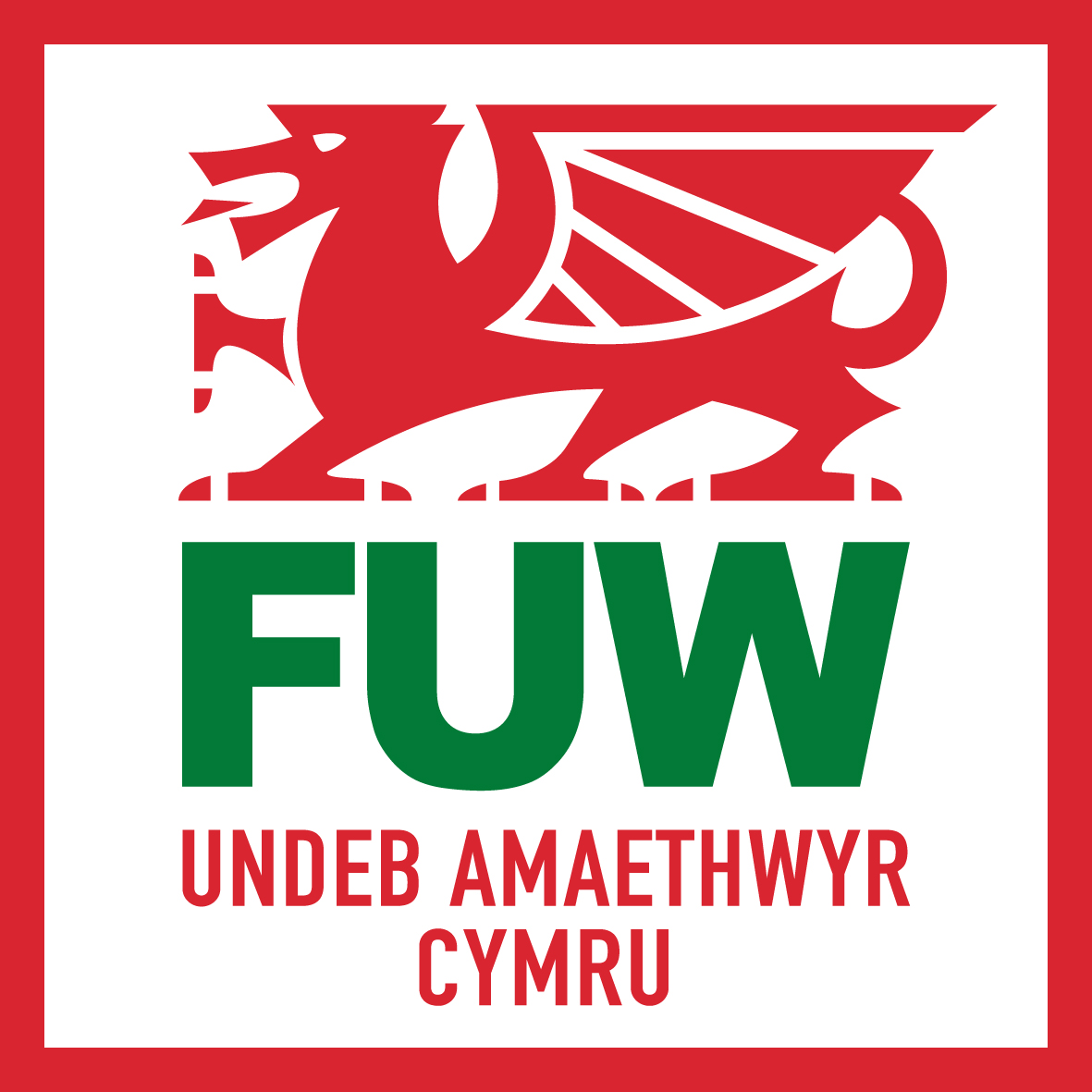Organic farmland increases in the EU
Land used for organic agricultural production accounted for 10.5% of the EU’s total farmland in 2022, a 79% increase in organic farmland between 2012 and 2022.
France leads with the highest number of organic hectares among EU countries, 2.9 million in 2022, accounting for 17% of the bloc’s total, followed by Spain (2.7 million hectares), Italy (2.3 million) and Germany (1.6 million). Ireland, Bulgaria, and Malta had less than 5% of their land under organic farming in 2022.
The EU has set a target of 25% organic agriculture for 2030. Current growth rates suggest the EU will achieve only a 15% share of organic farming by 2030.
New law bans export of live animals for fattening or slaughter
A new ban on exporting live animals came into law on Monday 20 May as the Animal Welfare (Livestock Exports) Act received Royal Assent.
From 22nd July 2024, it is an offence to export livestock and horses for slaughter and fattening from Great Britain. The Animal Welfare (Livestock Exports) Act 2024 bans the export of cattle, sheep, pigs, goats and horses for fattening and slaughter from Great Britain.
It applies to journeys from, and transit journeys through, Great Britain to destinations outside the UK, the Channel Islands, and the Isle of Man. The legislation stops animals enduring stress, exhaustion and injury on long and unnecessary export journeys and also ensures that animals are slaughtered domestically, in high welfare UK slaughterhouses.
Live animal exports for other purposes, for example, breeding and competitions, are still permitted provided that animals are transported in line with legal requirements which protect their welfare. The ban does not apply to exports of other live animals, such as poultry, and it does not apply in Northern Ireland. The legislation does not affect livestock and horse movements within the UK.
Beef market stability expected in 2025
Hybu Cig Cymru have undertaken analysis of data underpinning supply and retail trends in the beef market. The analysis suggests that there could be more stability in 2025 following the small week-on-week declines seen recently.
Breeding herd trends over the past decade show a notable decline. Calf birth registration numbers in GB last year fell more steeply than in previous years. This trend continued into quarter one of 2024, which suggests that supply further down the line will remain tight.
GB data suggests the potential supply of prime beef cattle and dairy males aged 0-12 months is down three per cent on the year at 1.9 million head of cattle. These factors point towards the likelihood of greater market stability as they filter through towards the end of 2024.


